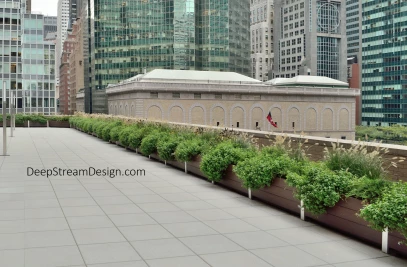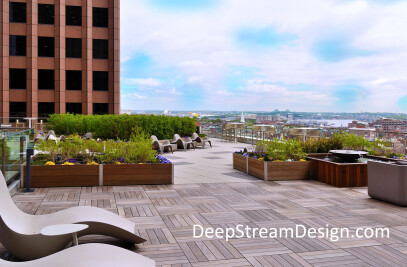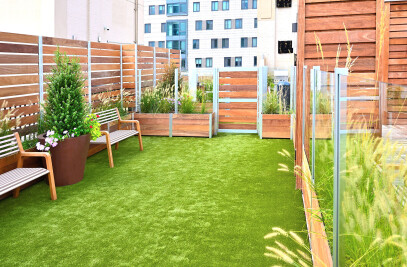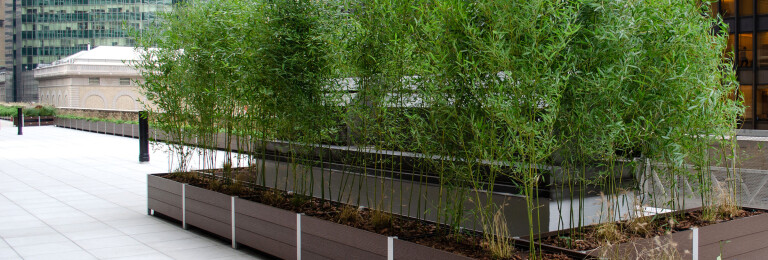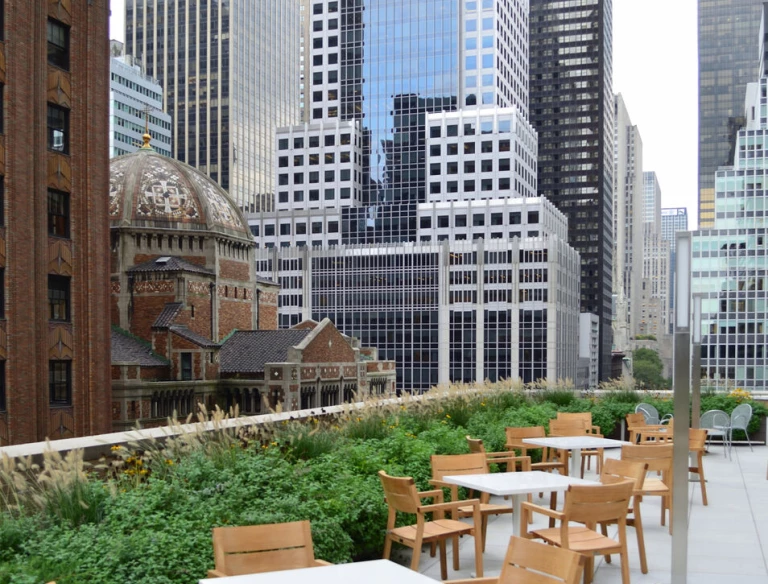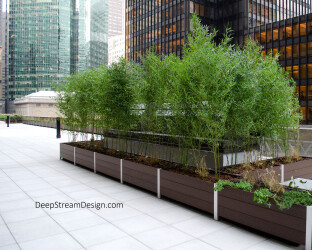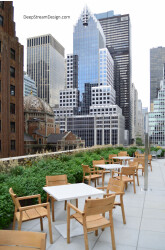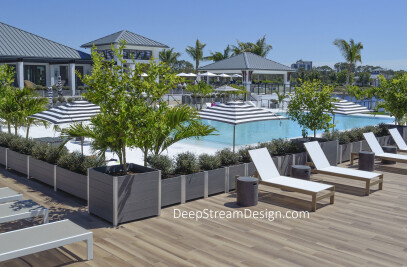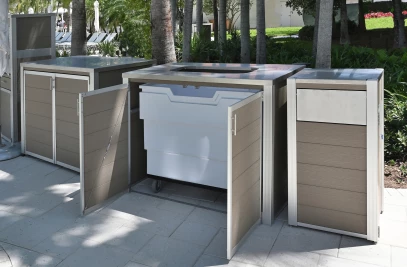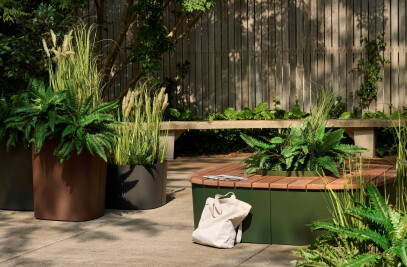Alternatives to built-in or poured-in-place concrete planters for rooftop landscaping will avoid structural building damage, contractor and architect liability, and provide the lowest lifetime cost to the project owner and the environment.
As developers ourselves, we wanted to avoid the kind of structural damage to our new building that we had seen in buildings with poured-in-place concrete planters. The main reason we founded DeepStream Designs in 2006 was to make rooftop deck planters for our own condo building in Miami.
The tragic collapse of the Surfside Condo in July 2021 here in the Miami area was a wake-up call to the potential problems of concrete construction.
As builders and owners of our poured concrete building where we still live today, we wanted to minimize the risk of damage and the total cost of the planters over the lifetime of the building. A primary concern was to avoid leaking built-in concrete planters, which create dangerous structural damage which can require expensive remediation. We also wanted an alternative to the wasteful short lifetime of fiberglass and carpenter-built wood planters.
To achieve this goal, DeepStream products incorporate deceptively simple, aesthetically pleasing, timeless design, which minimizes environmental impact through material selection, rugged construction, and replaceable parts using the principles of Sustainable Design to maximize durability.
As buildings settle -- and all concrete buildings do over time -- cracks appear and then water runs along the lines of steel rebar used in poured concrete construction, causing rust that can make the rebar expand up to 20 times its original size, creating an effect called “spalling” that cracks the concrete. Correcting spalling is a very expensive and disruptive process. As proven over 21 years, DeepStream’s standalone complete planter systems avoid these problems, while delivering the lowest total cost to the owner and the environment over time.





















































































